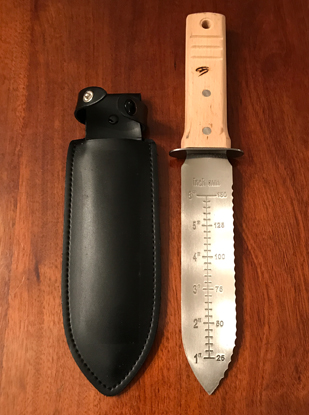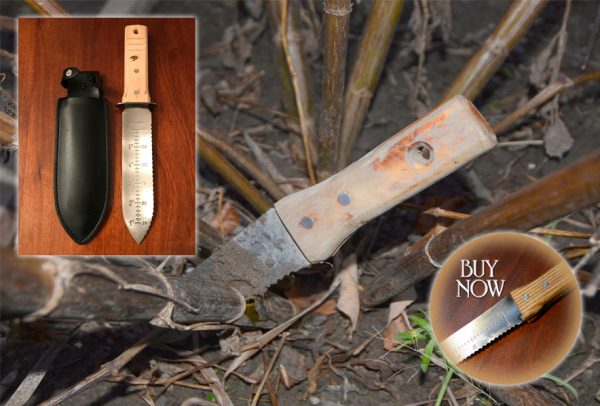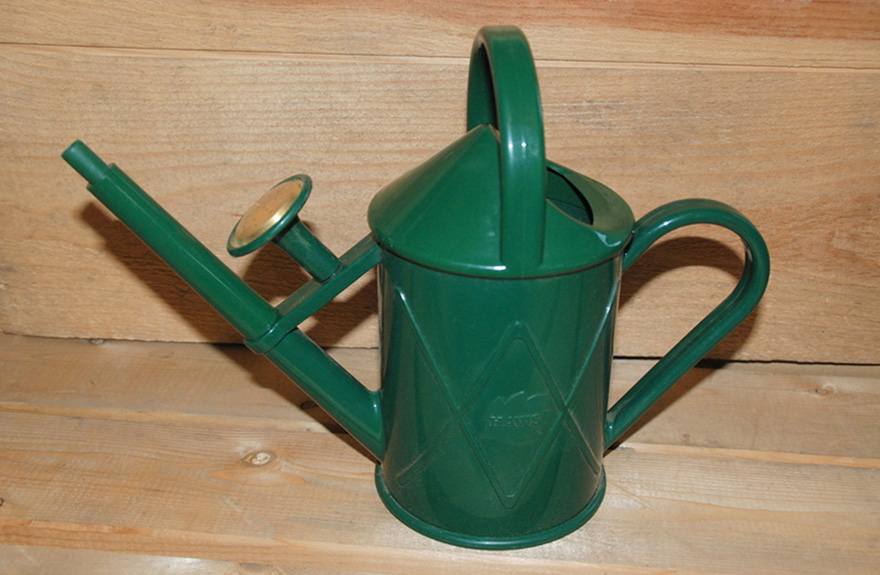
The Hori-Hori, Japanese Gardening Knife
-
- **SOLD OUT** HOLIDAY GIFTS **SOLD OUT**
- **SOLD OUT** Holiday Books **SOLD OUT**
- **SOLD OUT** Holiday Citrus **SOLD OUT**
- **SOLD OUT** Holiday Gift Certificates **SOLD OUT**
- **SOLD OUT** Holiday Paperwhites **SOLD OUT**
- **SOLD OUT** Holiday Praying Mantis Kits **SOLD OUT**
- **SOLD OUT** Holiday Tools **SOLD OUT**
- **SOLD OUT** Holiday Wildflower Mixtures **SOLD OUT**
- Citrus Trees
- **SOLD OUT** - Vegetable and Herb Plants - Mix & Match any 6 Plants for $50 - Only Shipped in Quantities of 6
- Elephant Ear Plants & Roots
- **SOLD OUT** 4-Inch Pot Herb Plants **SOLD OUT**
- Rare Plants
- **SOLD OUT** Vining Plants **SOLD OUT**
- Asian Seeds
- Beneficial Bugs
- Books
- Citrus Fertilizers
- Cold-Treated Bulbs - SEE BULBS FOR FALL PLANTING TO ORDER
- Cold-Treated Allium
- Cold-Treated Chionodoxa
- Cold-Treated Crocus
- Cold-Treated Hyacinthoides
- Cold-Treated Hyacinthus Orientalis
- Cold-Treated Narcissus
- Cold-Treated Cyclamineus Narcissus
- Cold-Treated Double Heirloom Narcissus
- Cold-Treated Jonquilla Narcissus
- Cold-Treated Large Cupped Narcissus
- Cold-Treated Poeticus Narcissus
- Cold-Treated Small Cupped Narcissus
- Cold-Treated Species Miniature Narcissus
- Cold-Treated Split Cupped Narcissus
- Cold-Treated Tazetta Narcissus
- Cold-Treated Triandus Narcissus
- Cold-Treated Trumpet Daffodils
- Cold-Treated Ornithogalum
- Cold-Treated Rock Garden Iris
- Cold-Treated Scilla
- Cold-Treated Tulips
- Cold-Treated Emperor Tulips
- Cold-Treated Fringed Tulips
- Cold-Treated Green or Viridiflora Tulips
- Cold-Treated Lily Flowering Tulips
- Cold-Treated Parrot Tulips
- Cold-Treated Peony Flowering Tulips
- Cold-Treated Single Early Tulips
- Cold-Treated Single Late Tulips
- Cold-Treated Species Tulips
- Cold-Treated Triumph Tulips
- Flower Bulbs, Corms and Tubers
- Bulbs for Spring Planting
- Bulbs for Fall Planting - ALL BULBS AVAILABLE ARE COLD TREATED FOR PLANTING AS SOON AS SOIL CAN BE WORKED
- Fall Blooming Bulbs
- Garden Tools & Equipment
- Gift Certificates
- HHH Exclusive Wildflower Mixtures
- Wildflower Mixtures
- Heirloom Garlic
- Potatoes
- Roots & Sets
- Seeds
- Flowers
- Herbs
- Vegetables
- **SOLD OUT** HOLIDAY GIFTS **SOLD OUT**
-
- No products to compare
-
10 in stock
Quick Overview
The Hori-Hori, Japanese Gardening Knife
The Hori-Hori is an ancient Asian tool first used in Japan. The word,Hori, in Japanese means to dig. It is often called a Mountain Vegetable Knife because it was primarily used for digging wild vegetables that were indigenous to the mountainsides, but were not domestically cultivated. A true Hori-Hori has a very sharp blade about 7 inches long. The blade has one serrated edge and one straight edge and comes to a point. Many Hori-Horis have a concave shaped blade to make it easier to slide down the side of a root vegetable.
The Harvesting History Hori-Hori has a Japanese stainless steel concave blade with one serrated edge and one very sharp beveled edge together ending in a point. In the center of the blade are etched markings in inches and milimeters for determining the depth of the blade. The blade is firmly anchored into a hardwood handle with 2 stainless steel bolts.
The Hori-Hori makes quick work of masses of roots that you are trying to remove from your garden, but, more importantly, it is the best tool for harvesting root vegetables like carrots, parsnips, salsify, turnips, beets and for dividing bulbs, tubers and clumping flower roots. The concave shape of the blade allows you to slide down the side of the vegetable/flower without disturbing its neighbors.
Hori-horis are time savers. They make life a little easier and gardening more satisfying. In this harried, hectic world, any device that saves time, preserves our energy and helps us to accomplish our tasks in a satisfying way should be an essential part of our equipment repertoire.
| Quantity | Blade | Handle | Overall Length |
| 1 Hori-Hori with Case | 7″x½” | 5″ | 12″ |

The Hori-Hori, Japanese Gardening Knife
Man moved from independent forager and meandering hunter to civilized communities with the development of agriculture, and agriculture evolved into existence when mankind began to invent and manufacture tools to accomplish agricultural tasks.
Gardening tools basically perform 9 functions within and around the garden environment: digging, cultivating, propagating, planting, cutting, watering, composting, holding and hauling and raking and sweeping.
Digging tools have been traced as far back as 1100 BC when the Chinese created and used a bronze spade. The Romans are responsible for proliferating soil digging tools throughout Western culture. When the Roman Empire went into decline, the technology of the forge nearly disappeared and with it many tools. It took nearly 500 years before garden tools reemerged. Cultivating tools, those that allowed for the turning of the soil and weeding, were also developed during the Roman Empire and proliferated in Europe during the Middle Ages. Propagating knowledge is as old as civilization itself. Propagating tools, like cold frames and cloches (bell-shaped glasses meant to protect seedlings from frost) were recognized by the earliest Native Americans and the Medieval Europeans and may trace it roots as far back as Noah.
Planting tools like dibbers, trowels and bulb planters were used during the Roman times. Cutting tools are believed to have originated around 6000 BC and were first used to trim grapevines. Watering and composting began with the advent of agriculture and perhaps the best example of long term systematic watering was the annual flooding of the Nile Basin in Egypt. The very first water carrying tools were gourds used by prehistoric peoples. Holding and hauling for agricultural purposes began very early with baskets being used before 4000 BC and wheelbarrows being developed in China in 200 AD. Raking and sweeping tools have been part of gardening culture for at least 500 years in Western culture.






